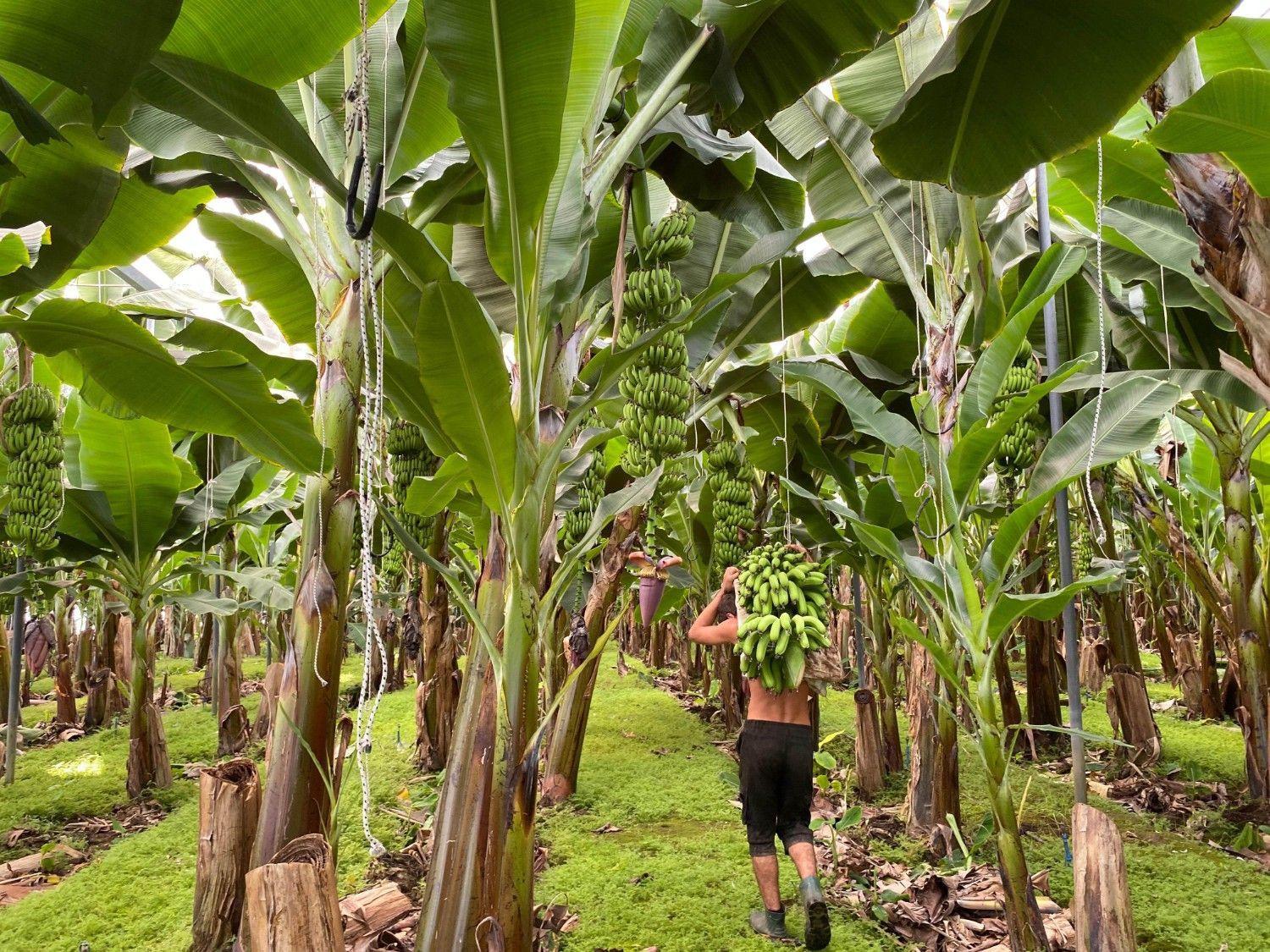
Bananas, once seen in Türkiye as a specialty crop grown only in small pockets along the Mediterranean coast, are today enjoying a remarkable expansion, thanks largely to greenhouse farming.
Nowhere is this transformation more visible than in Antalya’s Manavgat district, where the harvest season has begun in vast stretches of newly built greenhouses.
For decades, banana cultivation in Türkiye was limited to open fields in Mersin’s Anamur and Bozyazı and Antalya’s Alanya and Gazipaşa. These coastal towns with subtropical microclimates were virtually the only places where the fruit could thrive.
But since 2015, government incentives — ranging from agricultural loans to grants — have shifted production toward “örtü altı” (covered) farming.
As a result, banana yields nearly quadrupled within a decade, climbing from 210,000-270,000 tons annually before 2015 to a record 997,000 tons in 2022.
Although production dipped slightly in 2023 and 2024, the shift to greenhouse cultivation has reshaped the map of banana farming.
Manavgat alone now hosts more than 20,000 acres of greenhouse land, a number rapidly approaching 25,000.
Local grower Mustafa Sami Atalay, among the pioneers of greenhouse banana farming in the district, recalled that just seven years ago the figure stood at barely 300-500 acres.
“On the Alara River’s eastern side, bananas could grow in open fields,” he explained. “But west of the river, in Manavgat and Serik, the climate was unsuitable. With greenhouses, it became possible.”
Banana harvests now take place twice a year — typically in autumn and again in late winter to early spring. Yet with heating systems, some farmers manage year-round yields.
“When temperatures drop below 10 degrees, the plant stops growing,” Atalay noted. “But if we heat the greenhouse, we gain almost three months of growth, which means roughly a quarter more fruit.”
He encourages fellow farmers to invest in heating, calling it the key to extending Türkiye’s banana calendar to 12 months.
Challenges, however, remain. Production costs have surged, driven by rising fuel, fertilizer and labor expenses.
Bananas traditionally fetched about $1 per kilo, but growers argue this is barely enough to cover costs.
Concerns about the environmental footprint of intensive banana farming are also debated.
Critics cite water use and greenhouse emissions, but Atalay insists both are misunderstood.
Each acre holds around 180 banana trees, which, he says, actively contribute oxygen rather than greenhouse gases. Water, meanwhile, is delivered through efficient drip and sprinkler systems.